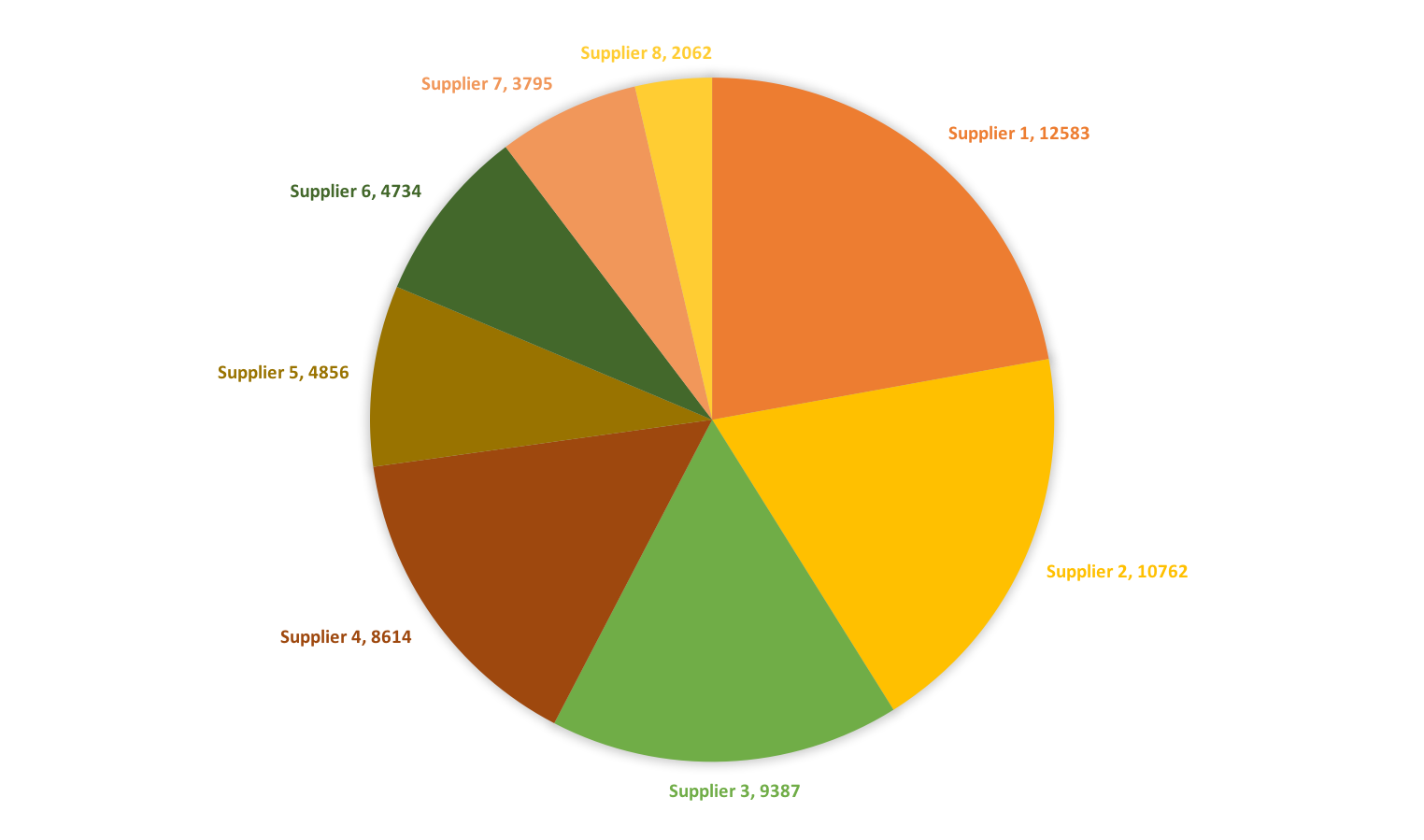In 2015, Apple started engaging directly
with suppliers to find ways to reduce their energy use. Apple aims to promote
continual improvement, build technical capabilities, and increase awareness of
the environmental and financial benefits of energy efficiency.
Apple’s energy efficiency program includes the
following:
• Conducting energy audits: Evaluating the status of energy status at supplier
facilities, identifying opportunities for energy efficiency improvement, and
proposing energy efficiency improvement plans.
• Implementing energy training: Conducting training about energy management for
suppliers. Trainees from these supplier
sites apply their skills and identify and implement additional energy
efficiency projects.
• Supervising energy efficiency projects: Tracking and guiding suppliers on
energy efficiency improvement projects.
In 2016, the energy efficiency
improvements made by suppliers prevented the discharge of more than 150,000
metric tons of carbon dioxide equivalents (CO2e). The emissions reduction results at China
assembling suppliers are illustrated below:

By participating in Apple’s
Supplier Energy Efficiency Program, one supplier for iPhone assembling
identified multiple ways to reduce energy use, including by replacing outdated and/or
inefficient heating, cooling, and lighting systems; repairing compressed air
leaks; and recovering waste heat. After the project was implemented in 2016,
the supplier reduced its carbon dioxide (CO2) emissions by more than
10,000 tons.
Apple’s efforts go beyond energy
efficiency to spur the development and procurement of renewable energy within the
global supply chain. Apple and suppliers will generate and procure more than four
gigawatts of new clean power worldwide by 2020, including 2 gigawatts in China
alone, and use it to reduce emissions associated with manufacturing.
Up through 2016, Apple has
installed 485 megawatts (MW) of wind and solar projects across six provinces of
China to address upstream emissions that are beyond the influence of Apple’s direct
suppliers. In the province of Inner Mongolia alone, 170MW of solar energy
projects have already been constructed, equating to 230,000 families’ annual electricity
consumption. By grid-connected power generation, these clean energy sources deliver
power to Apple's supply chain in China, replacing traditional thermal power.
Many of Apple’s suppliers in China have made commitments to
100 percent clean energy for Apple production by 2018. One of the participants is
Sunwoda. Sunwoda built a 50 MW solar farm in central Henan Province, China, of
which a portion will supply power to Apple manufacturing. This will lead to a
reduction of more than 60,000 tons of CO2 emissions each year.
(The above content was provided to IPE by the brand, who is responsible for the accuracy of the data.)